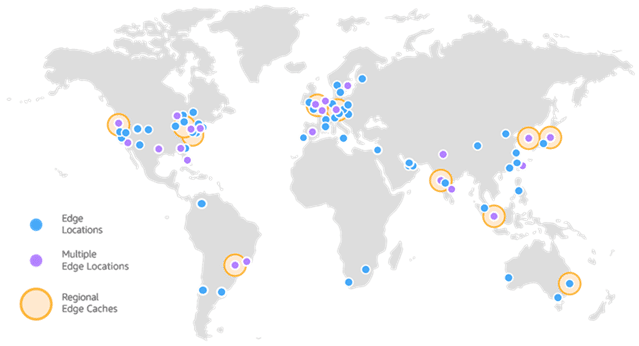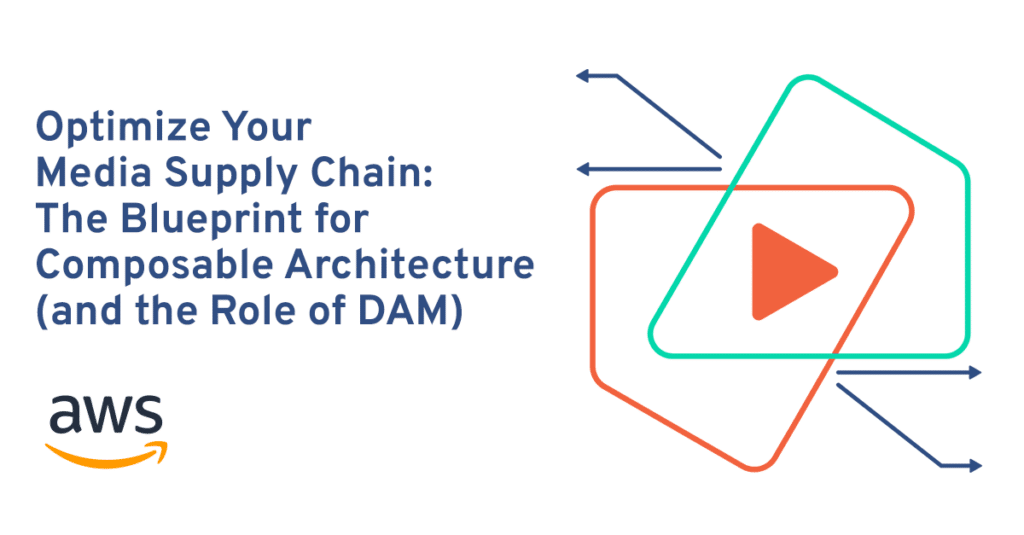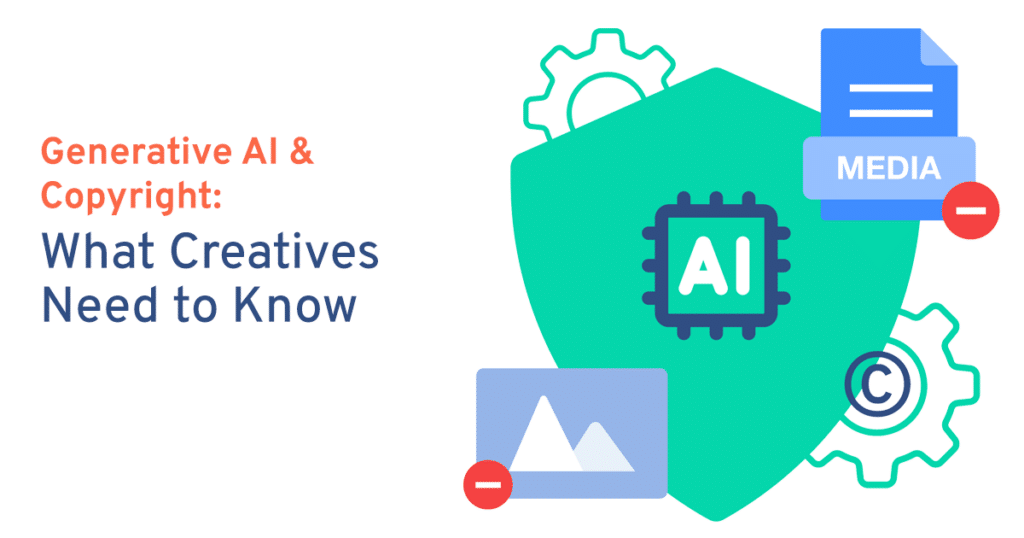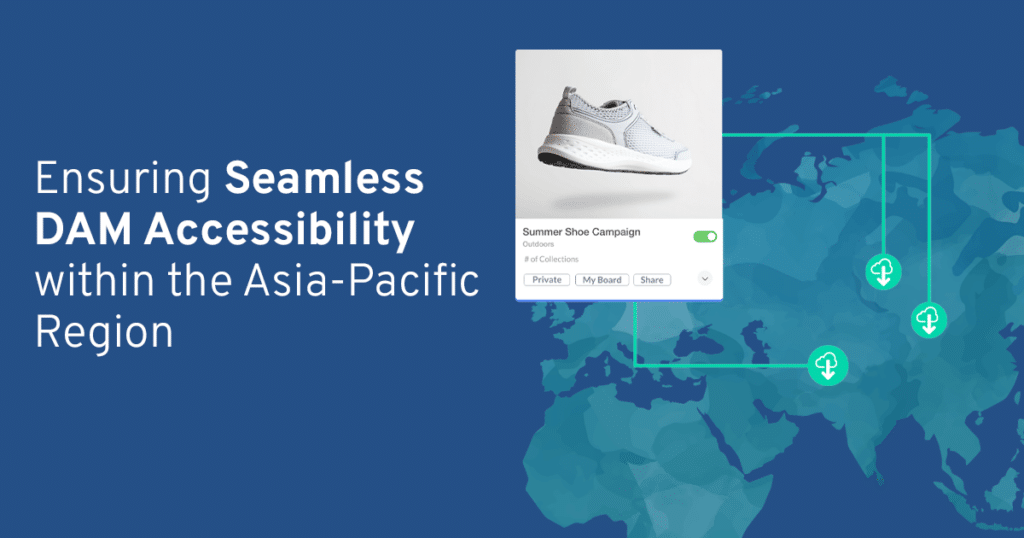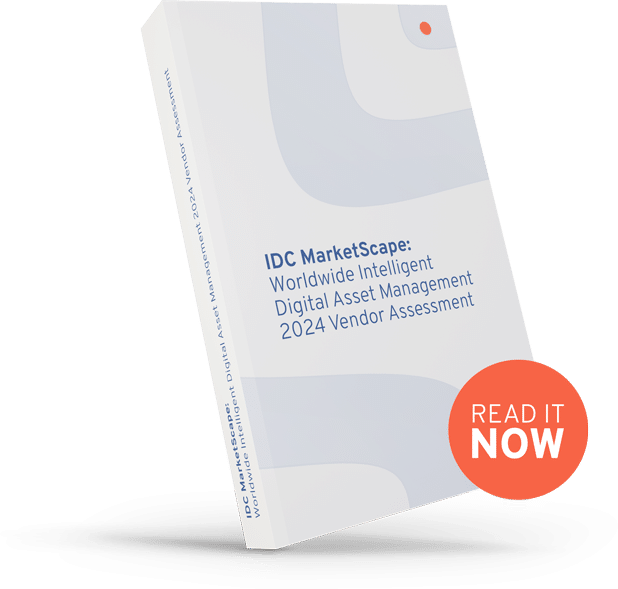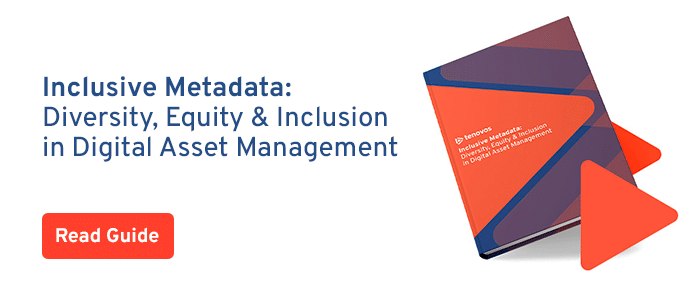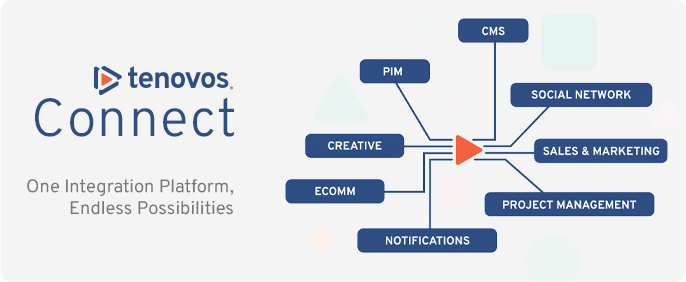International and multinational companies often have thousands of digital assets created and stored across geographical locations. Effectively managing, organizing, and distributing these assets on a global scale can be challenging.
Modern, cloud-based digital asset management (DAM) platforms have emerged as the answer to centralized asset management needs for global brands.
These solutions go beyond being mere archives, and now support customized workflows to empower brands to manage digital rights and maintain brand consistency right in the DAM. Plus, cloud-based DAM systems are accessible from anywhere, making them incredibly flexible and user-friendly.
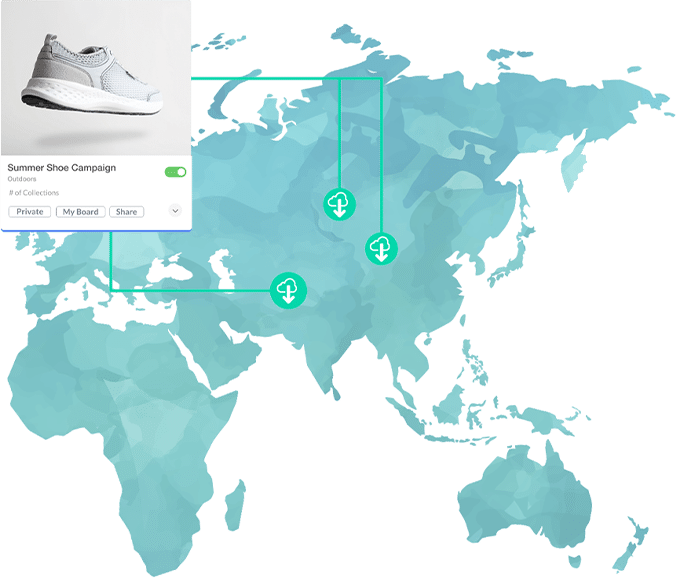
However, while the demand for DAM platforms is soaring globally, providing these solutions in the Asia-Pacific (APAC) region comes with challenges.
In this blog, we’ll dive into the complexities of digital asset management (DAM) in Asia-Pacific. Whether you’re a business currently operating in the region, a company looking for a global DAM solution, or simply seeking a foundational understanding of the logistics involved, this blog provides a comprehensive overview of the challenges to providing effective DAM services in this region, and how to assess vendors on this basis.
Challenges to Providing Effective DAM Services across the Asia-Pacific Region
For software services providers, the challenges of covering the Asia Pacific region are driven by two main factors: geography and distance.
Let’s dive into what this means and explore specific hurdles in the context of DAM.
Geographical Distance and Latency
Geography and distance play a pivotal role in the efficiency and speed of software services, including DAM.
Vast physical distance can introduce latency into software systems, causing a time lag in data transmission and process execution. This latency is often exacerbated by what’s known as “chatty” services, where frequent back-and-forth communication between a user’s device and the remote server is required.
In the DAM world, this latency challenge takes on more significance due to the nature of the content being managed and distributed – sometimes called “heavy” content.
“Heavy” content refers to large files, including high-resolution images, 3D files, large videos, and other creative content. As large files consume more bandwidth for transmission, this exacerbates the effect of latency.
As a result, with some software, including certain DAM platforms, users may experience delays when uploading, downloading, or interacting with these resource-intensive files, impacting user experience and team productivity.
Specific Challenges in China: "The Great Firewall"
Providing DAM services in China comes with a unique set of regulatory and technological challenges, primarily stemming from a system many call “The Great Firewall.”
This combination of legislative actions and technologies, including internet censorship and surveillance measures, is enforced by the People’s Republic of China to regulate the internet domestically.
While these measures primarily target politically sensitive sites and are unlikely an issue for businesses currently operating in the region, other factors may impact DAM user experience for users in Asia:
- Content Monitoring:
As internet content within China is actively monitored, this can lead to increased scrutiny of digital assets, which may entail censorship of specific images, videos, or text.
- Internet Speed:
Due to extensive deep packet inspection and DNS filtering, internet speeds in China are often slower compared to other regions. This can significantly affect the upload, download, and real-time streaming of heavy content through DAM platforms.
How DAM Providers Manage Challenges to Effective DAM Service
To effectively tackle these challenges posed by the geographical and regulatory complexities and improve user experience for clients in the APAC region, organizations typically use a combination of three strategies.
1. Utilizing Content Delivery Networks (CDNs)
Content delivery networks (CDNs) serve as a cornerstone in addressing the challenges associated with latency and content distribution in Asia. Companies leverage CDNs to distribute the DAM application’s content across multiple servers strategically positioned around the region. These CDNs efficiently manage and synchronize digital asset content, ensuring they are as physically close to the end users as possible.
CDNs help mitigate latency and improve response times by reducing the distance data needs to travel. This means that even heavy content, such as high-resolution images and videos, can be delivered swiftly and seamlessly to users across Asia.
CDNs also offer redundancy and scalability, enhancing DAM platforms’ overall reliability and performance. Redundancy includes backups to ensure that even in the face of server failures or disruptions content delivery remains uninterrupted, while scalability refers to the ability of a system to seamlessly adapt to increasing workloads, guaranteeing a consistent and responsive user experience. These capabilities allow organizations to feel confident in storing and using their DAM content libraries.
2. Optimizing Server Infrastructure
Optimizing server infrastructure is another approach that can help mitigate challenges to service delivery. Companies strategically position servers in or near Asia through partnerships with local data centers or by establishing their data centers within the region. By doing so, this minimizes latency, reduces the physical distance that data must travel, and results in faster access to digital assets.
This approach enhances response times and aligns with data sovereignty requirements that may exist in certain Asian countries, ensuring that data remains within the jurisdiction and complies with local regulations.
3. Implementing Caching Mechanisms
Caching mechanisms are essential for reducing server load and improving response times, especially when dealing with large files. These mechanisms involve temporarily storing frequently accessed data or content, enabling quicker retrieval and enhancing system performance. Organizations can swiftly deliver content to users upon request by caching digital assets at various network points.
Caching operates at different levels, from edge servers in CDNs to the user’s device. When users request frequently accessed assets, the system retrieves them from a nearby cache rather than a distant server. This eases the server load and guarantees a smoother user experience, especially for bandwidth-intensive content.
Evaluating DAM Vendors by Content Delivery Solutions
Now that you understand the common methods to manage delivery challenges, let’s talk about how to evaluate vendors in this context.
Knowing how to assess DAM vendors in this context is crucial, as your vendor’s capabilities will impact the success of your DAM implementation, especially when deploying a global solution that will include use in the APAC region.
Let’s dive into what factors you need to consider to better understand how vendors will manage delivery challenges.
Does the vendor use methods like replicating databases or MFT?
Legacy DAM vendors rely on older software and hardware systems that may struggle to adapt and interact with newer technologies. This hinders their ability to fully exploit the benefits of cloud and CDNs natively. As a workaround, they often resort to methods like replicating and synchronizing databases and content across multiple global regions or using Managed File Technology (MFT) for secure data exchange.
There are constraints to consider with these approaches. Replicating databases globally can lead to synchronization challenges, resulting in data inconsistencies impacting system availability. Sometimes, these systems are unavailable for up to 50% of the time.
On the other hand, MFT solutions, while secure, require desktop plugins and non-standard ports opened in firewalls and are inefficient compared to native CDNs. They can also be more complex and expensive overall.
Is the DAM architecture built for the cloud?
Understanding a DAM vendor’s architecture is paramount. While some legacy vendors claim to operate in the cloud, it’s crucial to assess if their systems are truly designed to leverage cloud capabilities comprehensively.
Any application built for standard operating systems can be placed in the cloud. However, suppose the system is not designed to exploit all of the cloud capabilities from the ground up. In that case, it is impossible to reverse engineer a legacy application to make use of native CDN, edge services, scaling microservices, and all of the resilience and failover provided by running on a cloud solution like AWS.
In essence, relying on a legacy vendor for cloud-based DAM is akin to expecting an oil tanker to compete in a small yacht race or bringing Stonehenge to a modern architecture exhibition—it’s not optimized for the task at hand.
Does the DAM functionality vary by region?
When evaluating DAM vendors, particularly for global use, it’s essential to inquire about the functionality and capabilities available in the APAC region, including China. Some cloud vendors may limit functions and capabilities in specific regions, which can affect the suitability of the DAM platform for your needs.
Choosing the right DAM vendor goes beyond surface-level claims of cloud adoption.
It involves a deep understanding of how the vendor’s architecture aligns with modern cloud and CDN capabilities. This knowledge is vital to ensure your DAM system can seamlessly meet your global requirements and thrive in the evolving landscape of digital asset management.
Addressing Geographical Challenges and Latency: Tenovos' Solution
Tenovos is one example of how being born in the cloud and designed with global scalability in mind, DAM providers can navigate these challenges comprehensively.
Leveraging the latest architectures and infrastructure, Tenovos deploys multiple Amazon Web Services (AWS) in Asia, significantly reducing latency by caching and distributing content across a global network of edge locations. This strategic exploitation of the AWS backbone ensures high-speed content delivery to end-users, minimizing the impact of geographical distances.
Tenovos’ native integration with various CDNs further enhances content delivery, offering two seamless options for delivering content and experiences, even within mainland China.
Moreover, Tenovos optimizes the DAM user experience for global companies by prioritizing using lightweight content, particularly for web browser previews, demonstrating a clear commitment to efficiency and global scalability.
The result of these strategic initiatives is a positive and efficient user experience for Tenovos users in Asia. While challenges like “The Great Firewall” in China may render the system slightly less responsive compared to other parts of the Asia-Pacific region, Tenovos is still able to provide acceptable speeds.
Navigating DAM Success in a Dynamic APAC Landscape
We’ve journeyed through the intricacies of DAM in the Asia-Pacific region, exploring the challenges, strategic solutions, and vendor evaluation criteria.
In the ever-evolving world of DAM, where international and multinational companies manage massive amounts of digital assets across geographical borders, understanding the nuances of this dynamic region is paramount. Whether you’re a company operating in APAC, in search of a global DAM solution, or simply seeking a foundational understanding of DAM logistics in this region, this comprehensive guide equips you with the knowledge needed to navigate the complexities.
Ultimately, your DAM vendor matters significantly when embarking on a global DAM implementation journey, particularly in a diverse and dynamic region like the Asia-Pacific. Leveraging modern cloud-based architecture is a key differentiator from legacy systems, and a forward-thinking approach can yield positive user experiences and overcome the challenges inherent to delivering effective DAM services in Asia.
Your path to DAM success in the APAC region begins with informed decisions and a clear understanding of the solutions that align with your goals.

